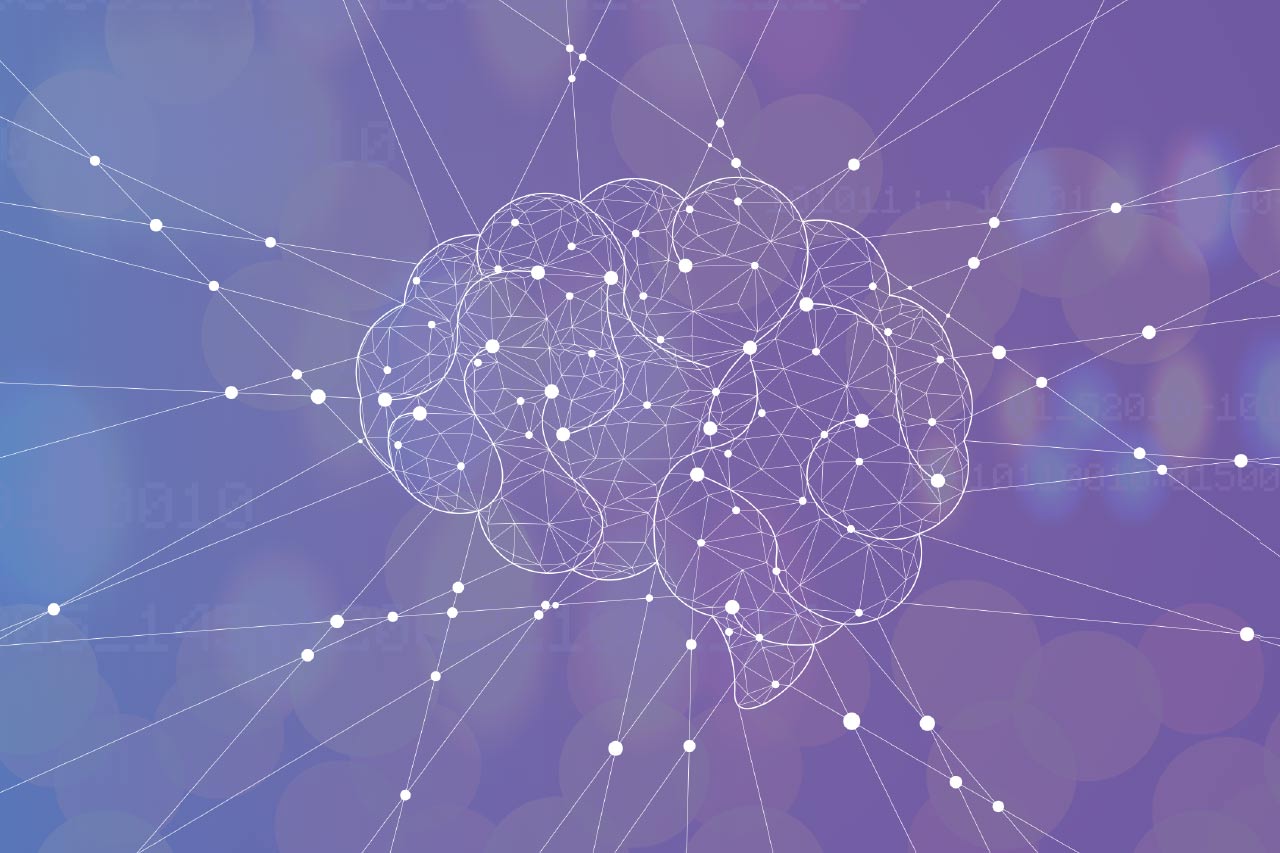What is AI in medical imaging?
Artificial intelligence encompasses various techniques, such as machine learning and deep learning, that enable computers to learn from data and make intelligent predictions or classifications. AI has emerged as a powerful tool for supporting and even improving medical image analysis, as AI algorithms can extract meaningful information from images to facilitate different tasks such as image segmentation, anomaly identification, and disease classification.
How is AI used in medical imaging?
AI for breast cancer screening
The use of artificial intelligence for breast cancer screening has been proposed to improve image analysis and cancer detection (e.g., reduce the rate of false-positive screens and increase cancer detection rates).
In a retrospective independent validation study of an FDA-cleared AI tool from DeepHealth, AI reading of digital mammograms is compared with human readings in a real-world, population breast cancer screening setting. In this study, artificial intelligence reading showed lower specificity compared with radiologists and lower cancer identification rates. However, AI identified interval cancers (breast cancer, which develops within 12-month after a mammogram was found “normal”) that were missed by radiologists. In a double-reading approach discordance is resolved by arbitration or additional reading. In this study, double-reading of AI and human radiologists’ arbitration increased, but the overall number of radiologists reads decreased by around 41%.
Another example for the use of AI in breast cancer screening is currently tested in Hungary. Kheiron medical technologies works in collaboration with clinicians from MaMMa Klinika in Hungary to test their Mammography Intelligent Assessment AI platform for the identification of breast cancers. In this test, a mammogram is read by two independent radiologists and subsequently by Kheiron’s AI tool, which then agrees or flags image areas, which need to be checked again. Since 2021, 22 cases have been documented in which AI detected a breast cancer tumor, which was overlooked by human radiologists before (and 40 cases are currently under review).
AI for pulmonary embolism detection
Pulmonary embolism is a life-threatening disease, which in many cases needs immediate action. Artificial intelligence tools could help to detect pulmonary embolism at computer tomography (CT) scans and alert radiologists by flagging patient’s scans which require reading on the list of performed scans. This shortens the time of diagnosis of a pulmonary embolism and the time to initiate subsequent therapy.
In a study of chest CT scans of oncology patients, the FDA-approved AI tool from Aidoc Medical was tested to evaluate the diagnostic efficacy of AI software to detect incidental pulmonary embolisms in clinical practice. AI software demonstrated a high diagnostic accuracy, reduced the missed rate of incidental pulmonary embolisms from around 45% to 2.6% when human radiologists were assisted by the AI tool and the notification time for incidental pulmonary embolism was decreased to 1.5 hours from 129 hours (decrease of 99%) of the routine workflow or 83 hours (decrease of 98%) of human triage.
The company Viz.ai ran a large-scale blinded algorithm validation study for their FDA-approved software application Viz Pulmonary Embolism Clot Detection algorithm (Viz PE), which was developed in collaboration with the company Avicenna, for the identification of pulmonary embolism and alerting of clinicians about the finding. Here CT pulmonary angiogram scans were analyzed by the AI algorithm and its analysis was compared to the one of three board-certified human radiologists. The AI algorithm demonstrated a sensitivity of 91% and 95% specificity and could be used to help human radiologists to prioritize patients and serve as a secondary reading tool. Viz.ai states that the integration of this artificial intelligence tool might accelerate diagnostic workup and possibly reduce report turn-around time.
AI for stroke and intracranial hemorrhage
Several artificial intelligence tools have been developed in the last years for the detection and treatment support of stroke and intracranial hemorrhage.
Stroke units of different hospitals around the world already work with AI-based tools to detect strokes quicker and to shorten the time before the patient receives a treatment, which is crucial in a stroke event. Thus, the hospitals of the US non-profit health system Banner Health, for example, already implemented AI technology to identify strokes immediately after a CT scan is performed.
RapidAI has developed several AI-tools, e.g., for stroke recognition and subsequent alerting of clinicians and for intracranial hemorrhage – bleeding between the brain tissue and skull – detection. In a study of 308 non-contrast CT scans, the RapidAI ICH (intracranial hemorrhage) tool was able to detect 151 of 158 ICH cases and to label 143 of 150 ICH-negative cases as negative, leading to 96% sensitivity and 95% specificity.
Discover how our team can support you in your AI in healthcare projects >
Challenges and limitations in AI-enhanced medical imaging
All these different examples described here demonstrate the vast potential of artificial intelligence in medical imaging, like improving image reading or organization of image readings, which helps to accelerate the time until a patient receives the necessary and maybe life-saving therapy. The potential of AI to support and improve diagnosis or treatment options goes beyond the here described radiology examples and AI could also be applied to analyze histopathology slides, to read echocardiograms or to detect eye disease early via the analysis of retinal images,…
However, there are also certain limitations for the use of AI in medical imaging. Artificial intelligence models require proper training to avoid bias of analysis and so large, diverse and accurately-labeled datasets are needed. AI algorithms need to undergo clinical validation and tests with real-world data to ensure safety and reliability. Additionally, the use of AI in medical imaging, and more broadly in healthcare, raises ethical questions regarding patient data security and privacy. Furthermore, the acceptance of AI supporting medical imaging by HCPs and patients is required for further development of the use of AI in medical imaging. Artificial intelligence support in medical imaging is gaining acceptance among radiologists, as integration of AI alongside their own reading and analysis. However, healthcare professionals (HCPs) and patients still exhibit greater skepticism regarding the trustfulness of AI in medical imaging.
To conclude, AI in medical imaging has a great potential. Artificial intelligence is currently already tested and deployed to improve diagnosis and treatment, and the use of AI will grow further. Nonetheless, the technical limitations and ethical challenges need to be considered for the development and use of AI-based tools in healthcare.
Alcimed will closely follow the rapid developments in this field and is ready to support you in your AI in healthcare projects! Don’t hesitate to contact our team.
About the author,
Frederike, Consultant in Alcimed’s Life Sciences Team in Germany



